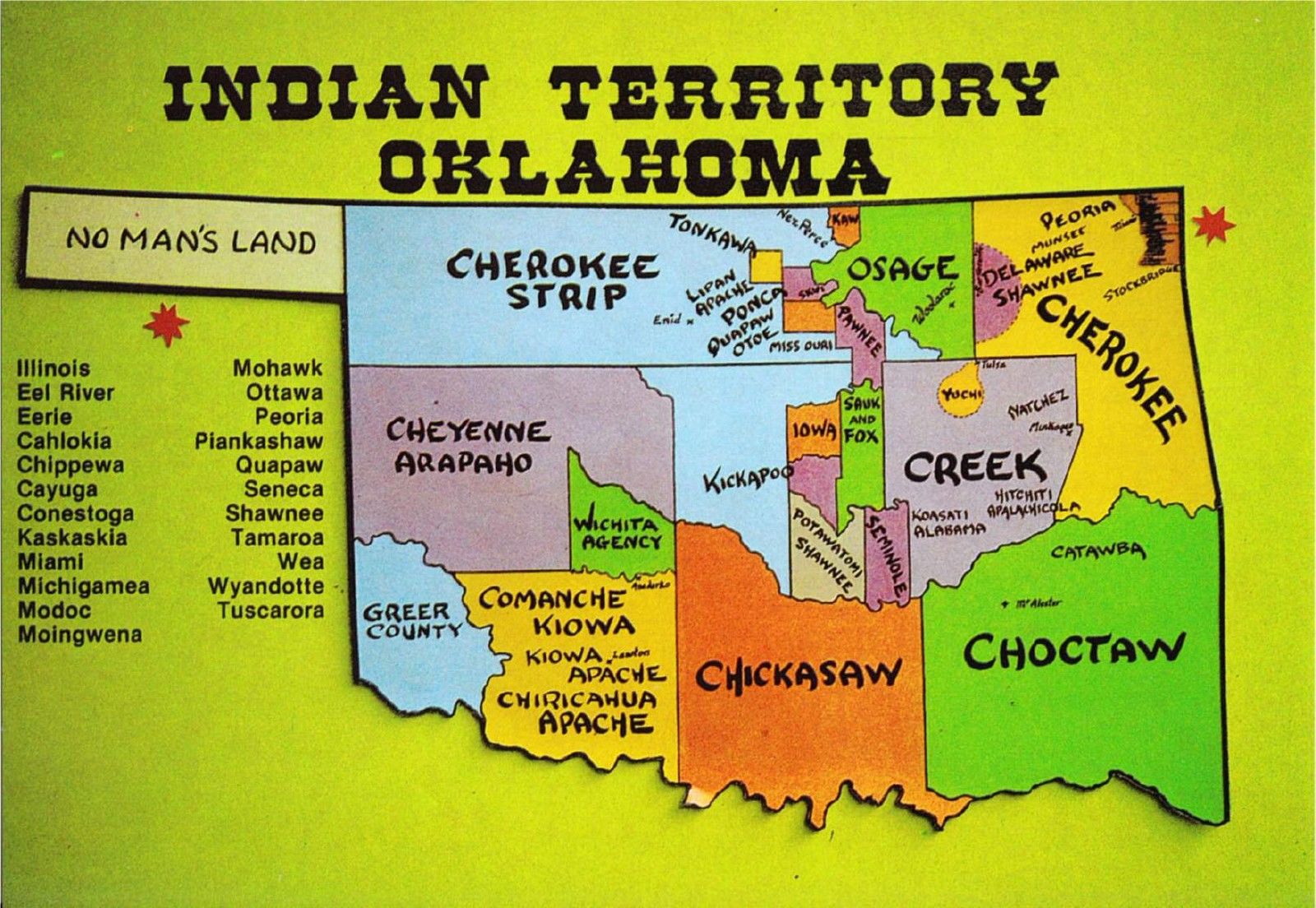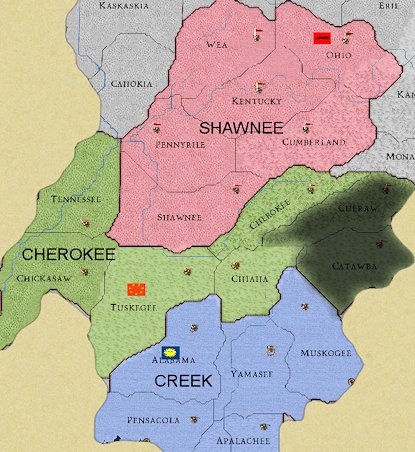Oklahoma: Where Tribes Thrive, History Lives, and Maps Tell a Story
Oklahoma: Where Tribes Thrive, History Lives, and Maps Tell a Story

Oklahoma, the Sooner State, is a place rich in history, culture, and natural beauty. But there’s another layer to this vibrant state, one that’s often overlooked: its vibrant Native American community. Home to 39 federally recognized tribes, Oklahoma boasts the largest concentration of Native Americans in the United States. And understanding their presence means understanding the state’s unique story.
Unraveling the Map: A Glimpse into Oklahoma’s Tribal Landscape
Related Articles: Oklahoma: Where Tribes Thrive, History Lives, and Maps Tell a Story
- Unveiling the Rich Tapestry of Native American Tribes in the US
- Uncover the Hidden Truths: Exploring the Former Indian Reservations of Oklahoma
- Unveil the Enchanting Realm of Native American Indian Tribes in Florida
- Unveiling the Lakota Indian Tribe: Discoveries and Insights from the Heart of South Dakota
- Unveiling the Native Heritage of Texas: Discover the Number of Indian Tribes Today!
The Oklahoma Indian Reservations Map, updated for 2022, is more than just a collection of lines and labels. It’s a living document, reflecting the resilience, heritage, and ongoing evolution of Oklahoma’s tribal nations.
Navigating the Map: A Journey Through Oklahoma’s Tribal Diversity
The map itself is a fascinating tapestry, revealing the diverse landscape of Oklahoma’s tribal communities. From the sprawling lands of the Cherokee Nation in the northeast to the smaller, more concentrated reservations of the Caddo Nation in the southwest, each tribe has its own unique story to tell.
The Cherokee Nation: A Legacy of Resilience
The Cherokee Nation, the largest tribe in Oklahoma, occupies a significant portion of the state’s northeastern corner. Their history is intertwined with the state’s own, a story of forced migration, resilience, and cultural preservation. The Cherokee Nation is a powerhouse of economic development, with its own government, courts, and businesses.
The Chickasaw Nation: A Beacon of Innovation
The Chickasaw Nation, located in south-central Oklahoma, has a reputation for innovation and economic prosperity. Their commitment to education, healthcare, and economic development has made them a model for other tribal nations.
The Choctaw Nation: Guardians of Tradition

The Choctaw Nation, with its vast lands in southeastern Oklahoma, is known for its deep cultural heritage and commitment to preserving its traditions. From its thriving language program to its renowned arts and crafts, the Choctaw Nation is a testament to the enduring power of cultural identity.
Beyond the Map: The Impact of Tribal Sovereignty
The Oklahoma Indian Reservations Map is not just a geographic representation; it’s a symbol of tribal sovereignty. Each tribe has its own unique government, laws, and traditions, and the map serves as a reminder of their right to self-determination.
A Journey of Understanding: Exploring Oklahoma’s Tribal Heritage
Exploring the Oklahoma Indian Reservations Map is a journey of discovery. It’s a chance to learn about the history, culture, and traditions of Oklahoma’s tribal nations. It’s a reminder that the state’s story is not complete without understanding the contributions and resilience of its Native American communities.

Beyond the Map: A Deeper Dive into Oklahoma’s Tribal Heritage
To truly appreciate the map, it’s essential to go beyond its lines and labels. Dive deeper into the history, culture, and contributions of each tribe. Visit their museums, attend their powwows, and experience the richness of their traditions firsthand.
The Map as a Gateway: Connecting with Oklahoma’s Tribal Communities
The Oklahoma Indian Reservations Map is a gateway to understanding and appreciating the diverse cultural landscape of the state. It’s a reminder that Oklahoma’s story is not just about its past, but about its present and future, shaped by the vibrant and resilient Native American communities that call it home.
Frequently Asked Questions About the Oklahoma Indian Reservations Map

Q: Where can I find the Oklahoma Indian Reservations Map?
A: The Oklahoma Indian Reservations Map is available online through various sources, including the Oklahoma Department of Transportation, the Oklahoma Indian Affairs Commission, and various tribal websites.
Q: What is the purpose of the Oklahoma Indian Reservations Map?
A: The map serves as a visual representation of the locations and boundaries of federally recognized tribes in Oklahoma. It provides valuable information for understanding the state’s tribal landscape and the impact of tribal sovereignty.
Q: Are all Native Americans in Oklahoma living on reservations?
A: No, not all Native Americans in Oklahoma live on reservations. Many reside in urban areas and other parts of the state. The map only shows the locations of federally recognized reservations.
Q: How can I learn more about Oklahoma’s tribal communities?
A: There are many ways to learn more about Oklahoma’s tribal communities. Visit tribal museums, attend powwows, explore tribal websites, and read books and articles about Native American history and culture.
Q: What are some of the challenges facing Oklahoma’s tribal nations?
A: Oklahoma’s tribal nations face a number of challenges, including poverty, lack of access to healthcare, and the need for economic development. However, they are also working to address these challenges through their own initiatives and partnerships with state and federal agencies.
Q: How can I support Oklahoma’s tribal communities?
A: There are many ways to support Oklahoma’s tribal communities. Visit their businesses, attend their events, donate to their charities, and advocate for their rights and interests.
Conclusion: A Map that Tells a Story
The Oklahoma Indian Reservations Map is more than just a geographic representation. It’s a testament to the resilience, heritage, and ongoing evolution of Oklahoma’s tribal nations. It’s a reminder that the state’s story is not complete without understanding the contributions and resilience of its Native American communities. And it’s an invitation to explore the rich tapestry of Oklahoma’s tribal landscape, to learn, to connect, and to celebrate the diversity that makes this state so unique.
Closure
Thus, we hope this article has provided valuable insights into Oklahoma: Where Tribes Thrive, History Lives, and Maps Tell a Story. We hope you find this article informative and beneficial. See you in our next article!


